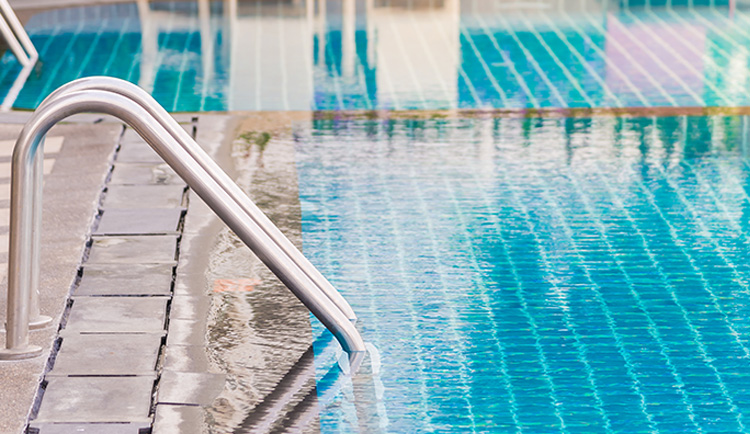
Rated BTUs vs. Certified BTUs
Unfortunately, in Quebec, pool heat pump companies are not required to follow similar standards nor obtain certification from approved laboratories. As a result, the number of BTUs indicated on the units vary greatly from one company to another for a unit of the same capacity.
Many display the maximum capacity of the unit under extreme conditions, such as 90F and 90% humidity for example, while others use conditions that meet the AHRI standard. It is therefore not uncommon to find units advertising 85,000 BTUs that have an actual AHRI rating of 60 to 70,000 BTUs, and units displaying 50,000 BTUs that offer only 32,000 BTUs under real conditions.
You should have access to the performance data of the heat pump in 3 different temperature and humidity conditions. If the company only provides the rated BTUs, ask yourself what the heat pump’s true capacity is.

Amperage
Contrary to what you may have heard in the department stores, the power consumption is far from being the same between different models. It often amounts to 25-50% more than a high efficiency model. For example, a 65 000 BTUs model that consumes 12A consumes 37% less than one that uses 19A, a difference of over $140 over the course of a full season!

Coefficient of performance (COP)
This is in fact the most important metric because it indicates the true capacity of the unit. Again, you must make sure that the tests are done according to ASHRAE standards and should be somewhere between 3.5 and 6.3. If you find a COP higher than 6.3, ask the source of the tests or the conditions under which the tests were done.
On the other hand, with the emergence of variable speed heat pumps, the COP can increase significantly when running at low speed…up to 13 in some cases!
This value is a combination of amperage and BTUs supplied and gives a ratio of heat released versus energy consumed.
Using the previously mentioned example, the 65,000 BTUs heat pump that consumes 12A has a COP of 5.4 which means that it provides 5.4 times more energy than it consumes (1KW-hr of electricity consumed versus 5.4 KW-hr of heat provided)…imagine with a COP of 10! This is why we often hear about the savings in electricity when considering heat pumps. As a point of reference, an electric element (such as a kettle) has a COP of 1.

Defrosting cycle
All heat pumps have a defrost cycle. It can be passive, meaning that the compressor stops and the fan continues to run to warm the evaporator with ambient air. The other option is what is called a reversible defrost mode (like on home heat pumps) which reverses the refrigeration cycle and uses the hot gas to heat the evaporator. This essentially reduces defrost time.

Warranty
The heat exchanger must definitely be made of titanium (as far as I know it is no longer made of copper-nickel, but you never know). It is more resistant and resistant to salt. It is the main part of the heat pump and should be guaranteed for a minimum of 5 years and ideally 10 years. Also check the warranty on the other parts and labor.

Customer service and parts
What happens if something goes wrong? Who will provide the necessary servicing? Who should I call? In general, pool sellers do not service heat pumps and therefore the manufacturer must be contacted. The manufacturer will then contact his own technician or a refrigeration subcontractor to do the repair. This is one more perk I can offer my customers since you will be talking directly to your technician.

Conclusion
Several factors impact the price of a heat pump besides those listed above. The manufacturing quality, the welding quality, the copper quality, the condenser insulation, and the sound level. It is easy for a beginner to feel overwhelmed and I agree. That is why I try to provide the best possible information to my current and future customers.






